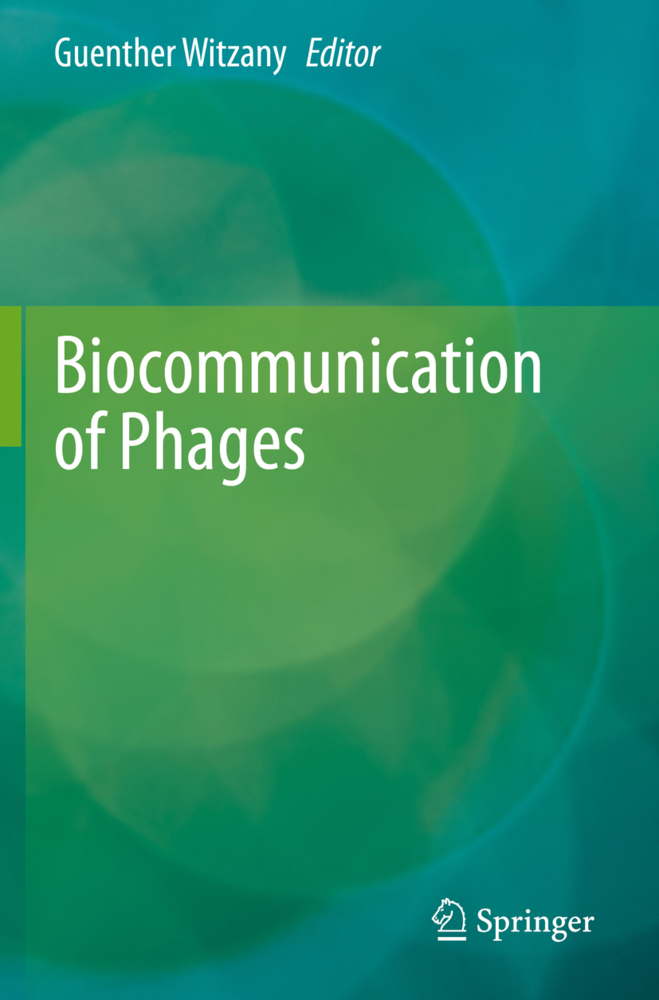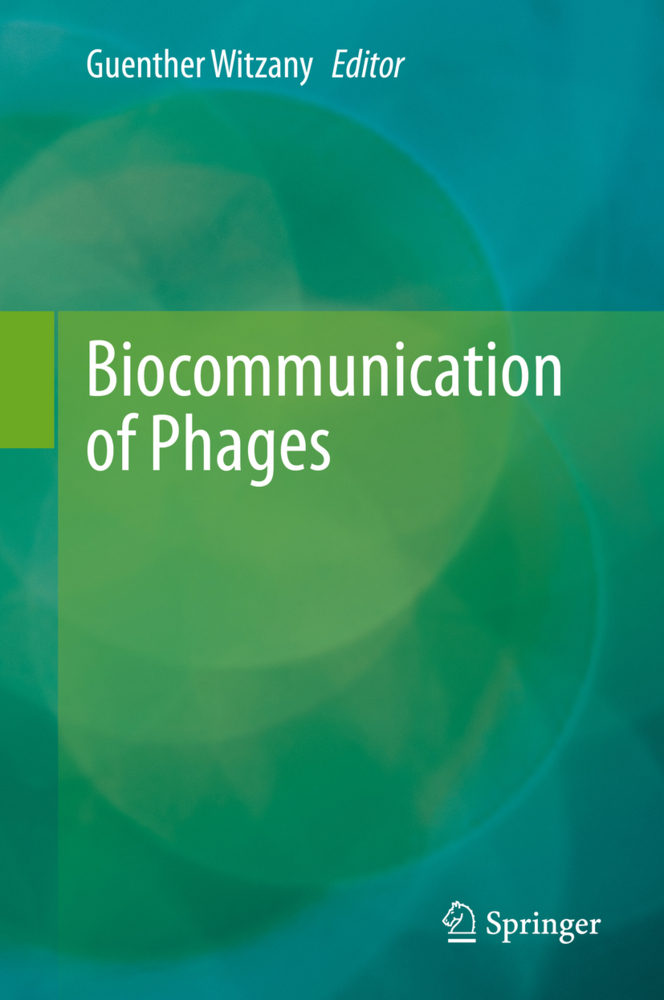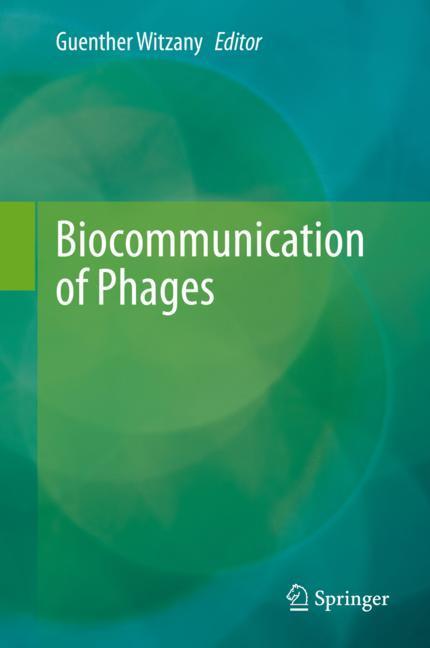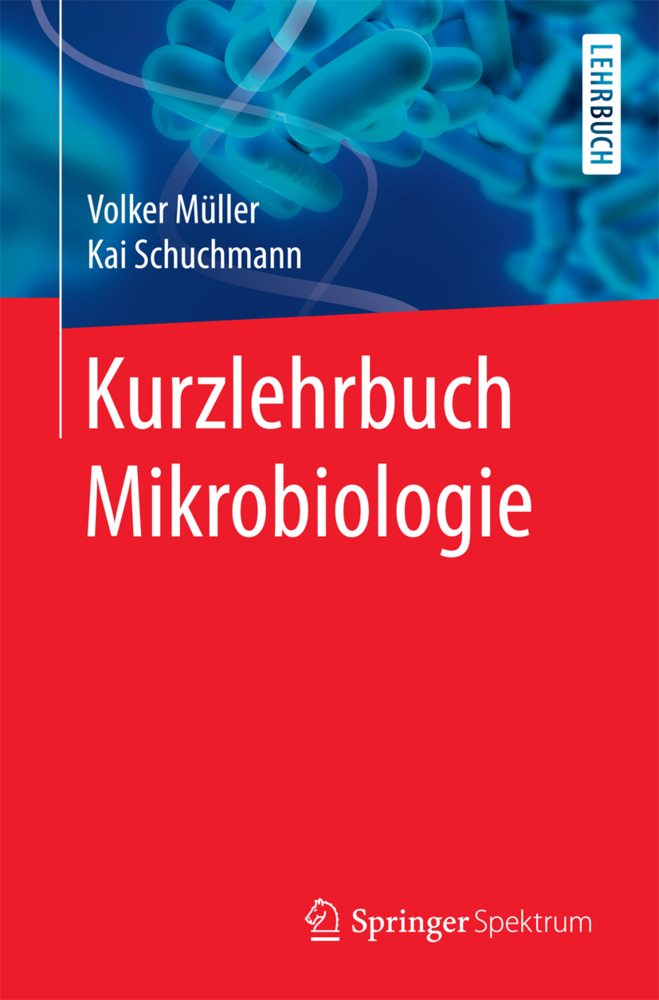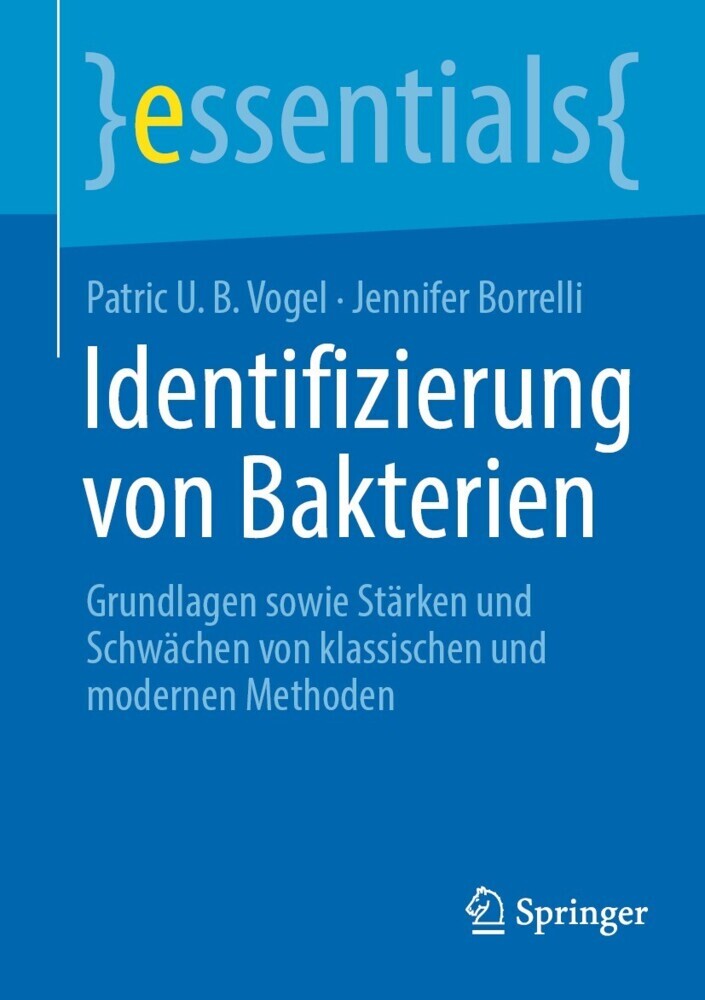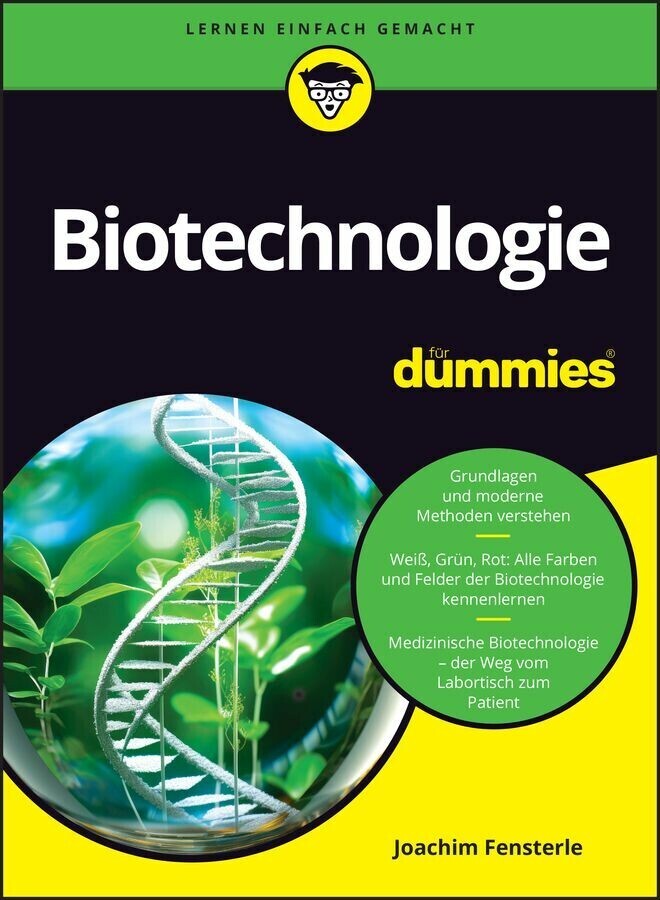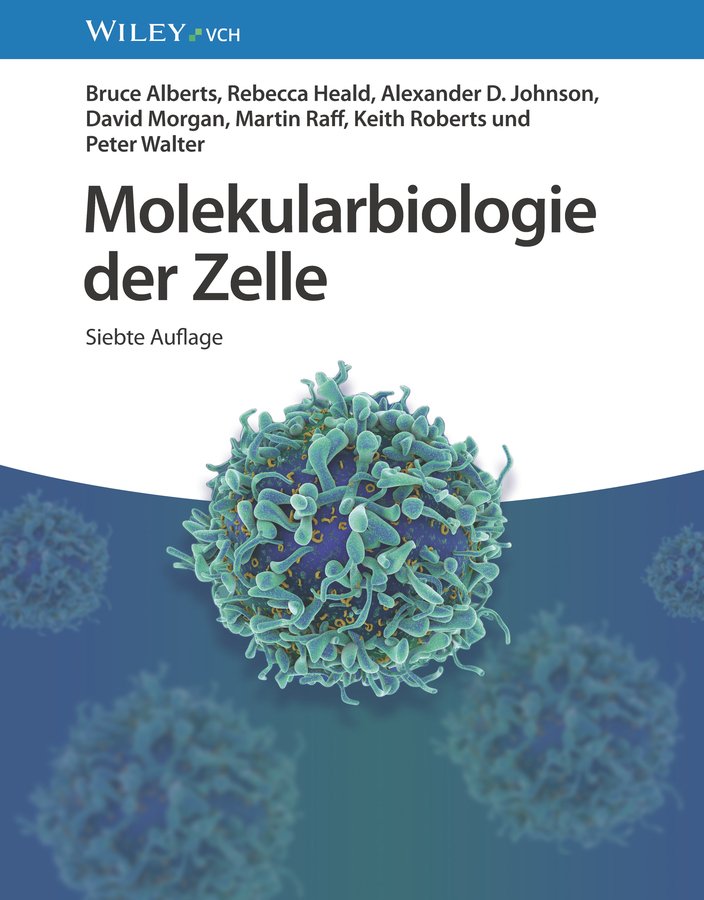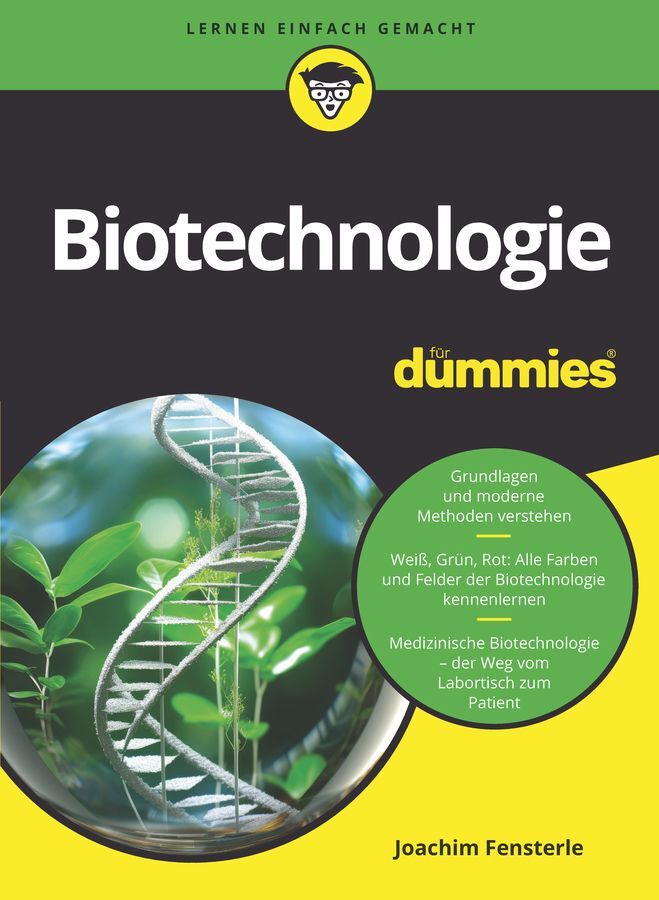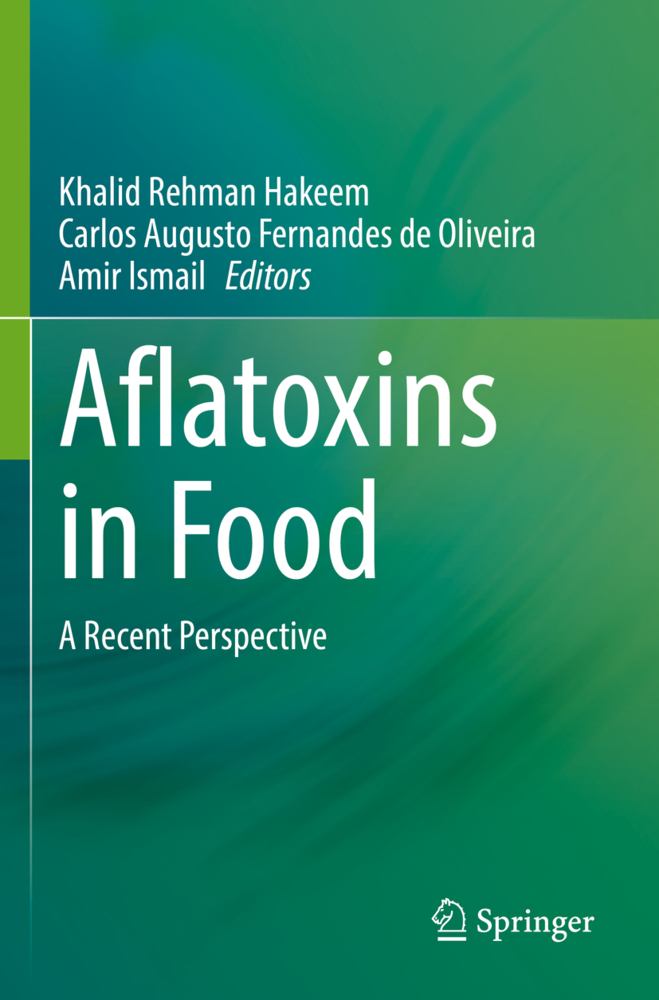Biocommunication of Phages
Biocommunication of Phages
This is the first book to systemize all levels of communicative behavior of phages. Phages represent the most diverse inhabitants on this planet. Until today they are completely underestimated in their number, skills and competences and still remain the dark matter of biology.
Phages have serious effects on global energy and nutrient cycles. Phages actively compete for host. They can distinguish between 'self' and 'non-self' (complement same, preclude others). They process and evaluate available information and then modify their behaviour accordingly. These diverse competences show us that this capacity to evaluate information is possible owing to communication processes within phages (intra-organismic), between the same, related and different phage species (interorganismic), and between phages and non-phage organisms (transorganismic). This is crucial in coordinating infection strategies (lytic vs. lysogenic) and recombination in phage genomes.
In 22 chapters, expert contributors review current research into the varying forms of phage biocommunication and Phagetherapy.
Biocommunication of Phages aims to assess the current state of research, to orient further investigations on how phages communicate with each other to coordinate their behavioral patterns, and to inspire further investigation of the role of non-phage viruses (non-lytic, non-prokaryotic) in these highly dynamic interactional networks.
<p>Chapter 1. What Does Communication of Phages Mean?
Chapter 2. Phage-Phage, Phage-Bacteria, and Phage-Environment CommunicationChapter 3. Phage communication and the ecological implications on microbial interactions, diversity, and function
Chapter 4. Phage-Phage Interactions
Chapter 5. Social interactions among bacteriophages
Chapter 6. Phage protein interactions in the inhibition mechanism of bacterial cell
Chapter 7. Are phages parasites or symbionts of bacteria?
Chapter 8. Microbial communication networks: sketching a methodology to analyze communication involving bacteriophages inside environmental communities
Chapter 9. Information stored in a phage particle: Lactobacillus delbrueckii bacteriophage LL-H as a case
Chapter 10. Archaeal viruses and their interactions with CRISPR-Cas systems
Chapter 11. Filamentous phages affect virulence of the phytopathogen Ralstonia solanacearum
Chapter 12. Intra-population interactions and the evolution of RNA phages
Chapter 13. ssRNA phages: life cycle, structure and applications
Chapter 14. Phages as therapy or "dietary supplements"against multiresistant bacteria?
Chapter 15. Bacteriophage application and biological safety (or how should I train my dog not to bite me)
Chapter 16. Phage therapy: an alternative to antibiotics
Chapter 17. Bacteriophage as a therapeutic agent to combat bacterial infection: A journey from history to application
Chapter 18. Phagetherapy: Clinical applications - Critical appraisal of randomized controlled trials
Chapter 19. Bacteriophage therapies targets multiple diseases caused by protein misfolding
Chapter 20
Phage Therapy in Cystic Fibrosis. Challenges and Perspectives
Chapter 21. Bacteriophage Applications for Food Safety
Chapter 22. Bacteriophages for environmental applications: Effect of trans-organismic communication on wastewater treatments<br></p><p></p>
Witzany, Guenther
| ISBN | 978-3-030-45887-4 |
|---|---|
| Artikelnummer | 9783030458874 |
| Medientyp | Buch |
| Auflage | 1st ed. 2020 |
| Copyrightjahr | 2021 |
| Verlag | Springer, Berlin |
| Umfang | VI, 502 Seiten |
| Abbildungen | VI, 502 p. 66 illus., 46 illus. in color. |
| Sprache | Englisch |

